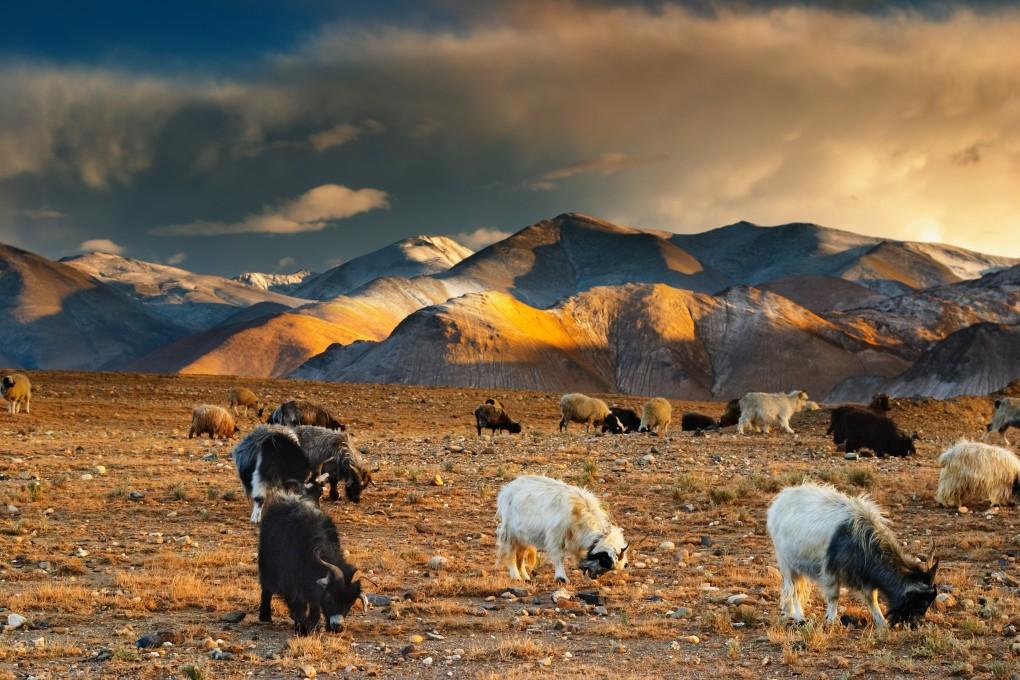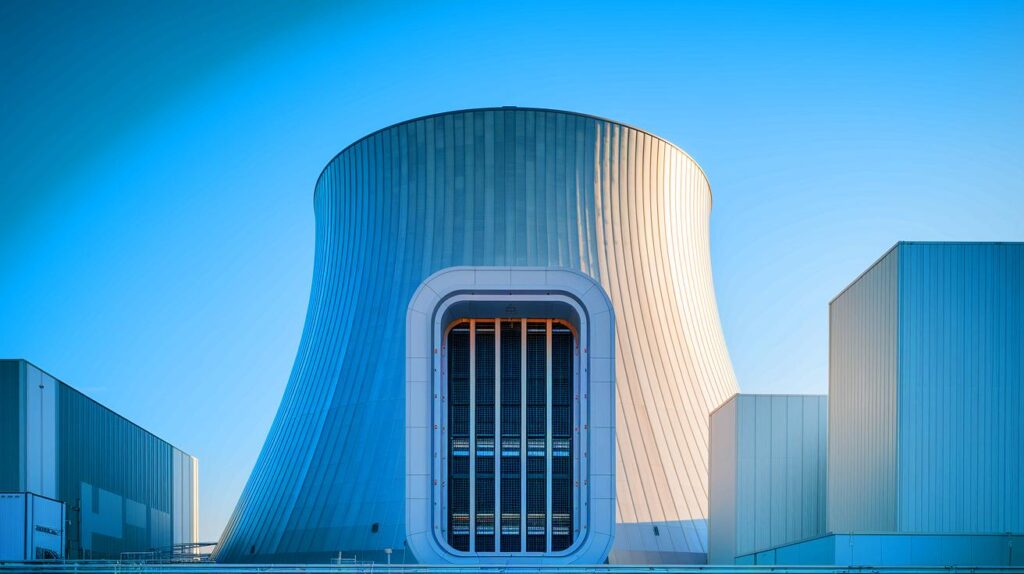| In Brief |
|
The threat of a global climate collapse is becoming increasingly severe. In response, China is contemplating a bold initiative: transforming the Tibetan Plateau into an agricultural fortress. This project, partly inspired by disaster film scenarios, underscores Beijing’s urgency and determination to find viable solutions. The Tibetan Plateau, often referred to as the “roof of the world,” could become a food refuge for the nation in anticipation of an imminent global climate disaster. This approach highlights the magnitude of the challenges facing the country and the radical measures it is willing to adopt for survival.
The Rise of Climate Urgency
A report from the National Climate Center (NCC) in Beijing reveals a critical situation: several key climate elements are approaching critical thresholds. These elements include the potential collapse of the Amazon rainforest, Atlantic ocean currents, and polar ice sheets. These changes could destabilize global food systems in the coming decades. The report emphasizes the need for action in response to extreme climate events that could render certain regions uninhabitable. This perspective compels China to reassess its food security strategies and act swiftly to avert catastrophe.
The Tibetan Plateau as a Solution
In light of these threats, Chinese scientists propose developing high-altitude agriculture on the Tibetan Plateau. This ambitious project aims to establish a food reserve capable of withstanding global climate fluctuations. The Tibetan Plateau offers a unique environment, with conditions that could be tailored for intensive cultivation. By investing in agricultural research and developing appropriate technologies, China hopes to transform this region into a crucial food source, thus ensuring its resilience in the event of a global crisis.
The Implications for Food Security
The conversion of the Tibetan Plateau into an agricultural bastion could have significant implications for China’s food security. This project could not only ensure the country’s food survival but also influence regional economic dynamics. However, this initiative requires substantial investments in research and infrastructure. Successful implementation of this strategy could serve as a model for other nations facing similar challenges, illustrating how innovation can address climate crises.
An Ambitious Project and Its Challenges
While the idea of transforming the Tibetan Plateau into an agricultural fortress is ambitious, it is also fraught with difficulties. Extreme climate conditions and high altitude present significant technical challenges. The infrastructure necessary to support large-scale agriculture in this region must be carefully planned and implemented. Moreover, it is crucial to consider the environmental and social impacts of this project. China must navigate cautiously to balance innovation, sustainability, and respect for local ecosystems.
As China embarks on this bold path to secure its food future, many questions remain unanswered. How will the country overcome the technical and environmental challenges associated with this project? And above all, can this strategy truly offer a sustainable solution in the face of mounting global climate threats?








